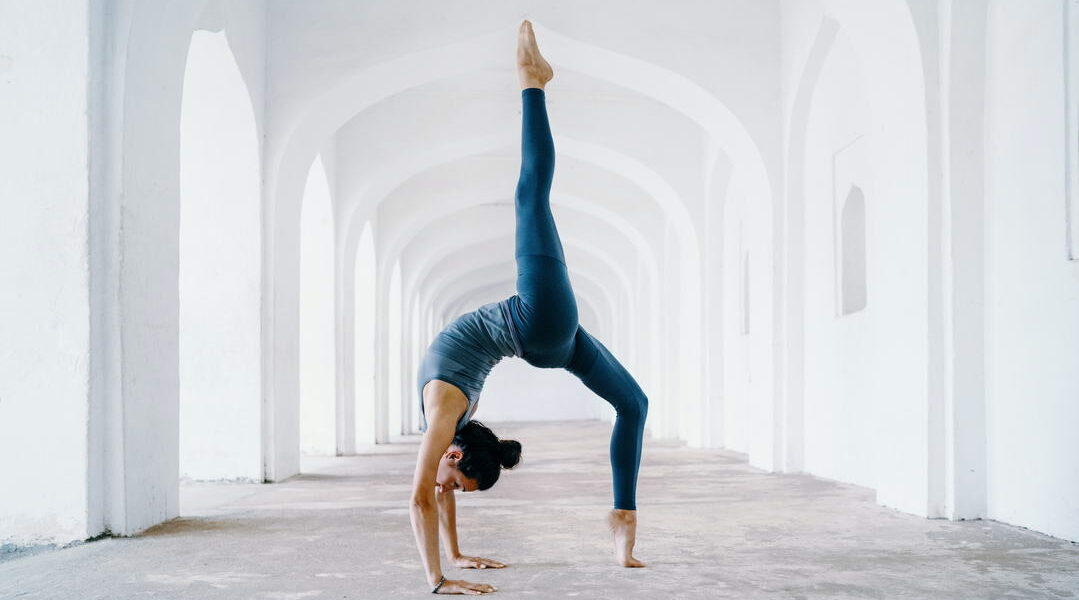Exploring the Depths: Delving into the Challenges of Different Yoga Styles
Yoga is a diverse and multifaceted practice, offering a wide range of styles that cater to various needs, preferences, and skill levels. Each yoga style has its unique challenges, making it difficult to pinpoint a single style as the hardest. What might be challenging for one practitioner could be invigorating for another. In this article, we’ll delve into the challenges of different yoga styles, shedding light on their unique characteristics and the challenges they present.
Explore Meditation Retreats & Wellness Retreats
Explore Yoga Retreats with Tejomaia.com

Ashtanga Yoga: Dynamic and Disciplined
Ashtanga Yoga is often regarded as one of the more challenging styles due to its rigorous sequence of postures and its emphasis on discipline. The practice involves a set sequence of poses performed in a specific order, requiring strength, flexibility, and endurance. Practitioners move through a series of vinyasas (flowing movements), which can be physically demanding. The commitment to consistent practice and the intensity of the sequences make Ashtanga a challenging choice for many.
Bikram Yoga: Heat and Endurance
Bikram Yoga, also known as hot yoga, is performed in a heated room (typically around 105°F or 40°C) with high humidity. The heat and humidity intensify the practice, promoting flexibility and detoxification. However, the challenging aspect lies in maintaining focus and stamina in such a demanding environment. The combination of heat, postures, and a repetitive sequence can be physically taxing, making it a challenging style for many practitioners.
Vinyasa Yoga: Flow and Adaptability
Vinyasa Yoga, known for its fluid transitions and creative sequencing, requires practitioners to link breath with movement. The continuous flow and variety of poses demand mental focus, physical strength, and adaptability. While it offers room for creativity, the dynamic nature of vinyasa can be physically demanding, especially when combined with challenging sequences.
Power Yoga: Strength and Intensity
Power Yoga draws inspiration from Ashtanga and vinyasa styles, emphasizing strength, stamina, and intensity. It often incorporates challenging poses and inversions, promoting muscular engagement and cardiovascular endurance. Power Yoga classes are known for their dynamic sequences, which can be physically demanding and require a certain level of fitness.
Iyengar Yoga: Precision and Alignment
Iyengar Yoga is characterized by its focus on alignment, precision, and the use of props to support and enhance poses. While it may not be as physically demanding as some other styles, the challenge lies in holding poses for longer durations, often working to refine alignment. This style requires patience, concentration, and attention to detail.
Yin Yoga: Deep Stretch and Stillness
While not traditionally considered “hard” in the same sense as intense styles, Yin Yoga presents its own unique challenges. Poses are held for longer periods, often targeting deep connective tissues. The challenge is mental as well as physical—finding comfort in stillness, surrendering to discomfort, and practicing patience.

The concept of a “hardest” yoga style is subjective and varies from person to person. The challenges presented by different styles are opportunities for growth, self-awareness, and transformation. What might be difficult for one practitioner could be invigorating and rewarding for another. The beauty of yoga lies in its diversity, allowing individuals to find the style that resonates with their goals, preferences, and physical capabilities. Regardless of the style you choose, remember that the journey of yoga is about self-discovery, growth, and embracing challenges as stepping stones toward greater well-being.
Explore Meditation Retreats & Wellness Retreats
Explore Yoga Retreats with Tejomaia.com


